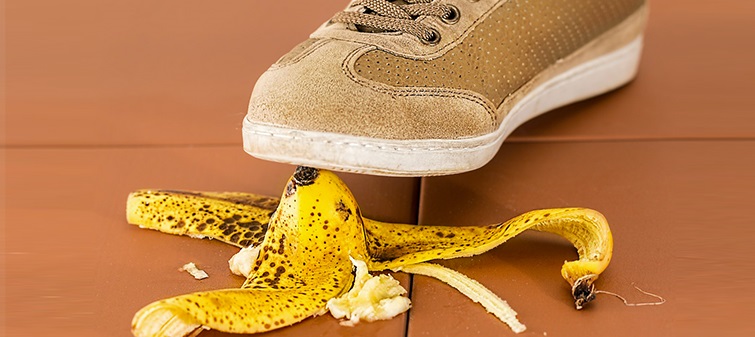Slip and Fall Injury: Step by Step Guide


Accidents inevitably happen! Sometimes they occur due to your carelessness and sometimes due to the negligence of others. When an accident occurs due to the negligence of someone else, you may be able to file a personal injury claim and demand compensation for your losses. However, slip and fall accidents can be difficult to prove. You must be able to show that the cause of the accident was not your own.
Here are some of the key considerations in slip and fall injury cases:
- Determine if someone other than the injured party was responsible for the accident.
- Was negligence the cause of the accident?
- Was the injured party in some way responsible for the accident?
- What is the extent of physical harm?
Here is a step by step guide to help you through slip and fall injury cases. Should you sustain such an injury, you should always consult a Slip and Fall Injury Attorney to work on the case with you. However, you must understand the scope and the steps involved before you proceed.
Liabilities in a Slip and Fall Case
Typically in a slip and fall accident, the victim must prove that there were unfavorable conditions present on the property that caused the accident. A good example could be a pothole or an uneven surface that the property owner was expected to remove or repair. Such potentially dangerous conditions could lead to accidents. These kinds of accidents could be classified as slip and fall injury cases.
The key question is whether or not the property owner had an opportunity to remedy the situation before the accident occurred. A Slip and Fall Injury lawyer will account for all such scenarios while working on the case.
Proving Negligence
In order to be held negligent, the property owner would need to have had enough time and opportunity before the accident to take remedial measures. An attorney will analyze whether the hazardous condition or obstacle existed long enough for the property owner to take appropriate action.
For example, the property owner is expected to run routine checks of the property in order to eliminate all the potential hazards. The lighting and visibility around the area where the accident occurred are also analyzed to ensure that lack of visibility was not the cause of the accident.
Proving That You Did Not Cause the Injury Yourself
The defendant may argue that the victim himself was the cause of the accident and it had nothing to do with the property. The first question is, whether the victim had lawful access to the accident area. Which means, that if the area was dangerous, why was the victim present? Is the danger one that is open and obvious? And lastly, the property is also checked for warning signs and other safety measures.
Slip and fall accidents can be tricky as mentioned earlier, but these are the most common steps taken by attorneys to prove their cases. If you need professional help, you can always talk to our Slip and Fall Injury Lawyers in Tulsa and Oklahoma!




